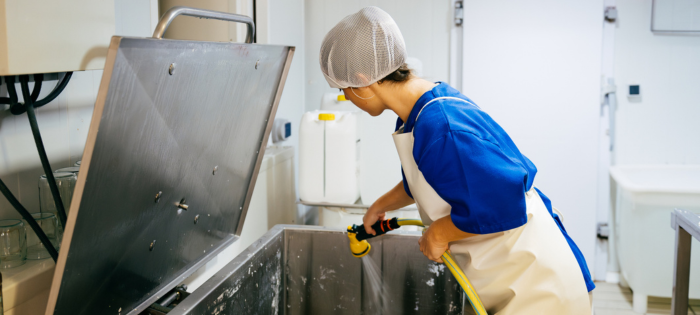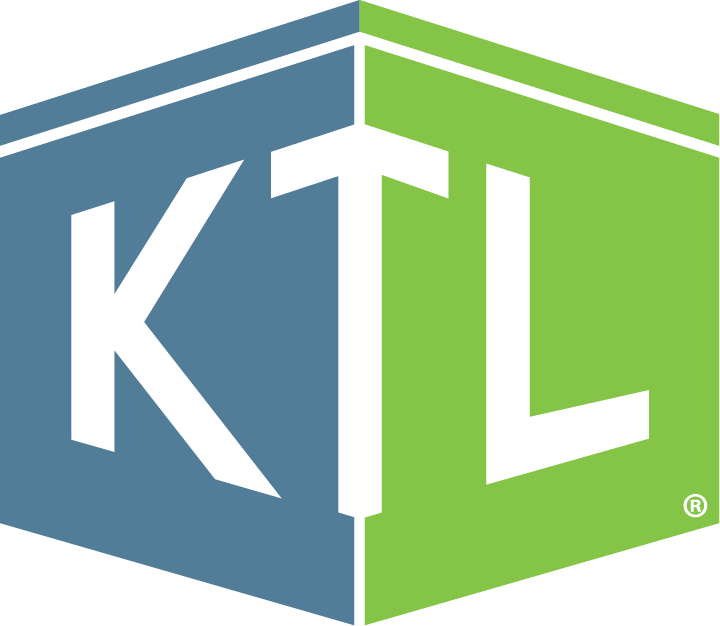
Food Safety
Comments: No Comments
The U.S. experienced several high-profile food recalls in 2024 that have caused illnesses and deaths—and heightened public awareness and unease. The emergence of new bacterial and viral strains and the evolution of pathogens that are becoming resistant to traditional food safety measures are growing concerns when it comes to preventing foodborne illnesses. According to the U.S. Public Interest Research Group’s Food for Thought 2025 Report, hospitalizations and deaths from contaminated food doubled in 2024, and recalls from Listeria, E. coli, and Salmonella increased by 41%.
Regulatory Focus on Microbiological Safety
The Food and Drug Administration’s (FDA) new unified Human Foods Program outlines a number of strategies focused on microbiological food safety that are intended to prevent and mitigate foodborne illnesses. In January 2025, FDA also released the draft Establishing Sanitation Programs for Low-Moisture Ready-to-Eat (LMRTE) Human Foods and Taking Corrective Actions Following a Pathogen Contamination Event: Guidance for Industry to help manufacturers of LMRTE human foods comply with 21 CFR part 117 and establish routine sanitation programs that can prevent pathogen contamination events.
FDA’s LMRTE Guidance specifically discusses the importance of establishing and implementing a detailed Sanitation Program and routine environmental monitoring to help prevent pathogen contamination events.
Sanitation and Good Manufacturing Practices (GMPs)
Having a properly implemented Sanitation Program and adequate GMPs provides the essential foundation for preventing pathogen harborage and product contamination events.
GMPs are intended to reduce cross-contamination by defining hygienic personnel practices, controlling traffic and product flow, ensuring proper equipment design and maintenance, and ensuring sanitary building conditions. To be effective, GMPs must be developed based on the company’s specific operations and must be implemented consistently to minimize the risk of contamination and foodborne illness.
Correspondingly, Sanitation Programs include written procedures outlining how cleaning and sanitizing tasks should be done, including the frequency and methods for cleaning surfaces, equipment, and utensils. Sanitation Programs should be regularly monitored, which might include visual checks/inspections for cleanliness. Lastly, Sanitation Programs need to be verified for effectiveness, which brings in environmental monitoring.
Environmental Monitoring
From a consumer protection perspective, environmental monitoring is intended to protect consumers by keeping harmful pathogens from contaminating the food we eat. An Environmental Monitoring Program (EMP) refers to an entire program that focuses on identifying, monitoring, and mitigating environmental risks, particularly pathogens—and foodborne illness—that may compromise food safety. EMPs involve systematic sampling and testing of the production environment for pathogens, spoilage and indicator organisms, and allergens to verify that the Sanitation Program and associated controls are working as intended to prevent foodborne illness.
Environmental monitoring is typically done by swabbing various surfaces in a designated bio-zone for pathogens and sending those samples to an accredited lab for analysis. This monitoring helps to:
- Assess how effective the plant’s cleaning, sanitation, and cross-contamination processes are.
- Determine whether there are any pathogen harborage points in the facility so it can respond accordingly (e.g., adjusting cleaning procedures, addressing equipment or facility issues, etc.).
Ultimately, the purpose of an effective EMP is to help a facility identify and implement strategies to eliminate pathogens and prevent their recurrence. It can help serve as an early warning system for identifying a potential contaminant before it spreads throughout the facility and into food that reaches the consumer. Analyzing EMP data collected over time for trends is particularly effective in continuously improving sanitary conditions.
To-Do Today
There are a number of key actions food processors can undertake today to prevent environmental pathogens from contaminating their facilities and food products:
- Apply GMPs. GMPs apply to EMPs, as with every other aspect of a strong Food Safety Program. GMPs that will impact environmental monitoring results include employee hygiene practices, cross-contamination controls, sanitary facility and equipment design, and cleaning and sanitation processes.
- Evaluate, implement, and verify preventive controls. Identify your greatest risks for environmental pathogens and proactively develop strategies to implement controls in your process flow. These may include controlling pedestrian walkways to avoid personnel contamination; using dedicated tools, equipment, and/or staff post-process; having special uniforms for staff, etc. Just as important, you must verify the performance of your preventive controls through environmental monitoring and take corrective action immediately if problems arise.
- Ensure employees and other resources are qualified. Employees responsible for sanitation, sampling, and overseeing the EMP must have the necessary training and/or experience for assigned duties. In addition, any outside labs used for environmental testing must be accredited under ISO 17025.
- Regularly review and update the Sanitation Program, GMPs, and the EMP. Products, operations, equipment, employees, processes, and other environmental factors change—and all of these can impact the Sanitation Program, GMPs, and the EMP. Conducting periodic reviews to ensure processes and procedures reflect any new conditions is important in ensuring a facility’s overall hygiene and its products’ quality and safety. Reviewing the EMP results and trending on a regular basis and adjusting your program according to the results is important to keep ahead of any potential issues.
